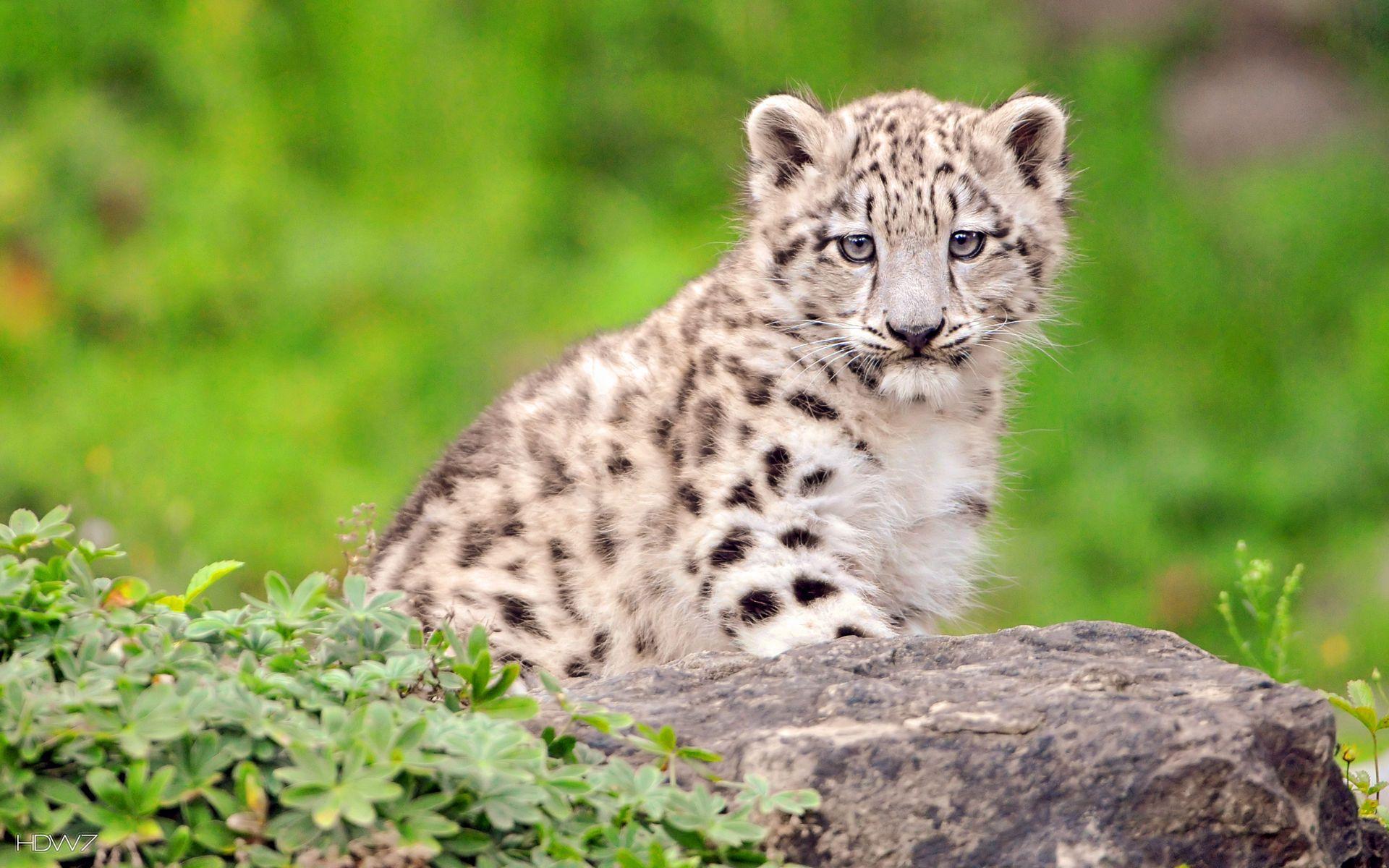Are you ready to delve into the captivating world of snow leopard cubs? These elusive creatures, born in the most rugged terrains, offer a glimpse into nature's resilience and beauty, and understanding their early lives is key to appreciating and protecting them.
As cub season approaches, it's time to unveil some fascinating insights into the lives of these adorable, yet fiercely independent, young snow leopards. From their birth in the high mountains of Central Asia to their formative months, understanding the specifics of snow leopard cub development is crucial to their conservation.
The timing of snow leopard cub births is often remarkably synchronized. Snow leopard mating season typically occurs during the winter and early spring months. This biological rhythm leads to a concentrated birthing period, with most wild cubs arriving between June and July. This creates a "nursery" effect across the high-altitude regions of Central Asia, where mothers diligently care for their young.
- Jemima Kirkes Weight Loss Journey Inspiring Transformation
- Calculate The Mean Formulas Examples Types Learn Now
In June 2024, Woodland Park Zoo welcomed three snow leopard cubs, marking a significant event. These cubs, now named Pavlova (female) and Bhutan (male) by generous donors, were born on June 4th, 2024, and have been behind the scenes with their mother, Babs, to ensure they adapted well to their environment before making their public debut. The public can now view the cubs in the Asian Highlands exhibit.
The Wildlife Conservation Society's (WCS) Bronx Zoo also celebrated the arrival of a snow leopard cub this summer. The unnamed female cub is already captivating visitors with her playful interactions with her mother, K2, captured in photos and videos.
In the South Gobi Desert of Mongolia, the resilience of the snow leopard is further highlighted. A female snow leopards hunt, captured in photographs, showed her stalking along a snowy ridge, seeking a meal for herself and her two young cubs, who are waiting in the den. The mother leopard's dedication, especially in harsh environments, is critical for cub survival.
- Discover The Best Lifestyle Solutions Today Improve Your Life
- Unveiling Dinar Guru Insights Latest News Updates
A team of researchers from the Snow Leopard Trust and Panthera recently captured unprecedented video of a wild snow leopard mother and cubs inside a den, offering an intimate view of these creatures. The video provided a rare glimpse into the everyday lives of these elusive animals, offering valuable insights into their behavior and the challenges they face.
Zoo exhibits also offer educational opportunities. At the Nashville Zoo, a female clouded leopard cub was born in February. Now, like the snow leopard cubs, these cubs are showcased in a zoo environment, providing guests with valuable knowledge of these magnificent creatures.
Snow leopard cubs are born helpless and with their eyes closed, entirely reliant on their mothers for care and protection. The mother's role is pivotal during those early weeks, as she nurtures and ensures their survival within the extreme environments where these animals thrive.
The metro Richmond Zoo has also launched an exhibit to help zoo visitors gain knowledge about snow leopards. The mother snow leopard will raise the cubs by herself for about 18 months until theyre ready to venture out on their own.
Between 1999 and 2002, the issue of poaching and illegal trade in Kyrgyzstan was highlighted by the confiscation of three live snow leopard cubs and 16 skins, the destruction of 330 traps, and the arrest of 110 poachers. This undercover operation brought to light an illegal trade network with ties to Russia and China through Kazakhstan.
The young cats will begin to explore far and wide for their new home as they approach maturity. By then, the young leopards are very dangerous predators.
Here's a quick overview of essential facts about snow leopard cubs:
| Attribute | Details |
|---|---|
| Birth Season | Most cubs are born in June or July. |
| Birth Location | Rocky dens or crevices lined with fur. |
| Dependency | Completely dependent on their mother for care. |
| Father's Role | Fathers do not participate in rearing cubs. |
| Number of Cubs | Can range from two to three cubs in a litter, with exceptional cases of up to seven. |
| Appearance | Born with black spots that develop into rosettes as they mature. |
| Maternal Care | Mothers raise cubs on their own, providing for about 18 months. |
| Habitat | High-altitude regions of Central Asia. |
| Conservation | Protected species; ongoing efforts include habitat preservation and anti-poaching measures. |
For further information, you can visit the Snow Leopard Trust website: Snow Leopard Trust.
In the rugged landscapes of Central Asia, snow leopards face extreme conditions. Their survival depends on the careful stewardship of their young, starting in the critical months of birth and early development. Mothers play a pivotal role, investing a vast amount of effort, while conservation efforts focus on protecting these animals.
The collaboration between zoos and conservation organizations, such as WCS and the Snow Leopard Trust, has also played a vital role, supporting the global effort to preserve these majestic felines.
The presence of cubs in zoos also plays a vital role, as does the international support for conservation efforts.
The snow leopard cubs have been thriving in their outdoor habitat. While sightings are not guaranteed, as the cubs may choose to rest in less visible areas, the fact that they are well adapted to their new surroundings is cause for celebration.
- Valvoline Oil Change Deals Save Up To 50 Off Coupons
- Bolly4u Risks Alternatives What You Need To Know Latest


:max_bytes(150000):strip_icc()/three-snow-leopards-cubs-posing-well-590247621-5c4780fe46e0fb0001bfb01a.jpg)